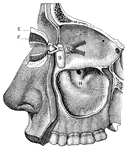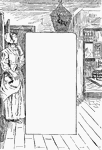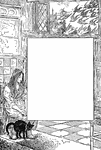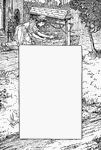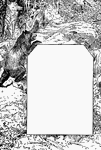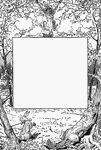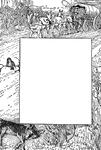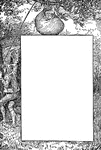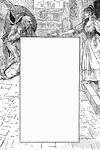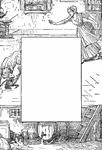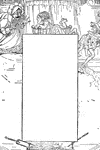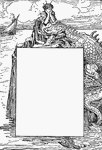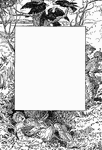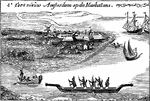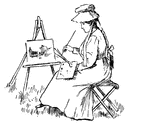!["View of the remains of the French Works. These remains are in the southeastern suburbs of the city, about half way between the [African American] Cemetary and the residence of Major William Bowen, seen toward the right of the picture. The banks have an average height, from the bottom of the ditch, of about five feet, and are dotted with pines and chincapins or dwarf chestnuts, the former draped with moss. The ground is an open common, and although it was mid-winter when I was there, it was covered with green grass, bespangled with myriads of little flowers of stellar form. This view is from the direction of the town looking southeast."—Lossing, 1851](https://etc.usf.edu/clipart/14100/14147/french-works_14147_mth.gif)
French Works
"View of the remains of the French Works. These remains are in the southeastern suburbs of the city,…
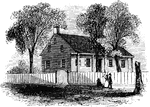
Washington's Head-Quarters
"Washington's head-quarters. The house occupied by Washington while the army was at White Plains is…
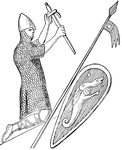
William the Conqueror
"William the Conqueror (1066-1087), as represented on his seal. Although William really ruled 'as king…

Accidental Point
"That point in which a right line drawn from the eye parallel to another given right line cuts the picture…
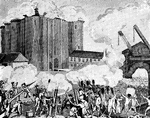
Bastile
"The taking of the Bastile, July 14, 1789. The Parisian mob, not satisfied with the formation of the…

Perch
"An embiotocoid fish, with small scales, uniserial and jaw teeth, and lip free and deeply cut along…
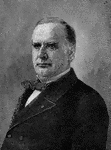
William McKinley
"In the general election of 1896, the principal question at issue was the financial policy of the country.…
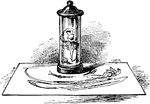
Anamorphoscope
"An optical toy consisting of a vertical cylindrical mirror which gives a correct image of a distorted…
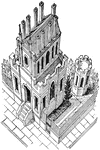
Anamorphosis
"A method of drawing which gives a distorted image of the object represented when it is viewed from…

Boring Angle-Brace
"An instrument consisting of a retangular crank-frame, like the carpenter's brace."-Whitney, 1902

Block and Tackle
"A Block is a pulley or a system of pulleys rotating on a pintle mounted in its frame or shell with…
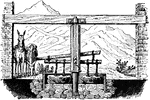
Arrastre
"Mexican Arrastre. A rude apparatus used in Mexico, and to some extent in the United States, for grinding…

Dugong
"The Dugong is an herbivorous mammal, belonging to the Manatees. It ranges from 10 to 20 feet in length.…

Trichina Spiralis
"Trichina Spiralis is the name given to a peculiar nematoid worm which inhabits the muscles, usually…

Trichina Spiralis
"Trichina Spiralis is the name given to a peculiar nematoid worm which inhabits the muscles, usually…
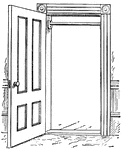
Door with Horizontal Bar
"A Simple and Inexpensive Home Apparatus for Exercise on the Horizontal Bar." — Blaisedell, 1904

The First Vaccination
"This picture is based upon a photograph of a painting exhibited many years ago in the Paris Salon.…

Surface of a nail
"Concave or Adherent Surface of the Nail. A, border of the root; B, whitish portion…

Eyeball
"The Relative Position of the Lachrymal Apparatus, the Eyeball, and the Eyelids. A, lachrymal canals,…
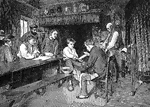
Doctor
"This striking picture, by a celebrated French artist, has excited marked attention ever since it was…
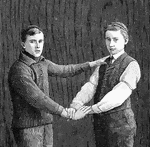
Hand seat
"Improvised Hand Seats: the Three-Handed Seat. THe usefull three-handed seat is made by one bearer grasping…

Hand seat
"Showing how the Improvised Three-Handed Seat may be used to carry an Injured Person. The picture also…
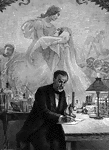
Louis Pasteur
"This picture is based upon a photograph of a painting which has won great fame during recent years.…

Aeschines
"Aeschines owes the perpetuity of his fame to the fact he was the only rival of Demosthenes. He was…

Currus
"A chariot, a car. These terms appear to have denoted those two wheeled vehicles for the carriage of…
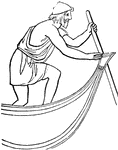
Exomis
"A dress which had only a sleeve for the left arm, leaving the right with the shoulder ad a part of…
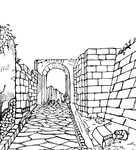
Pompeii
"The following cut gives a view of of a portion of the paved street at the entrance of Pompeii. The…

Pelta
"A small shield, Iphicrates, observing that the ancient Clipeus was cumbrous and inconvenient, introduced…
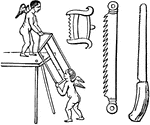
Serra
"Serra, a saw. It was made of iron. The form of the larger saw used for cutting timber is seen in the…
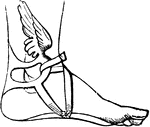
Talaria
"Talaria, small wings fixed to the ankles of Mercury, and reckoned among his attributes. In many works…

Load
"Takes a loaded clip and inserts the end in the slip slots, places the thumb on the powder space of…
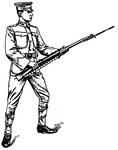
Bayonet Guard
"At the second command sake the position of guard; at the same time throw the rifle smartly to the front,…



